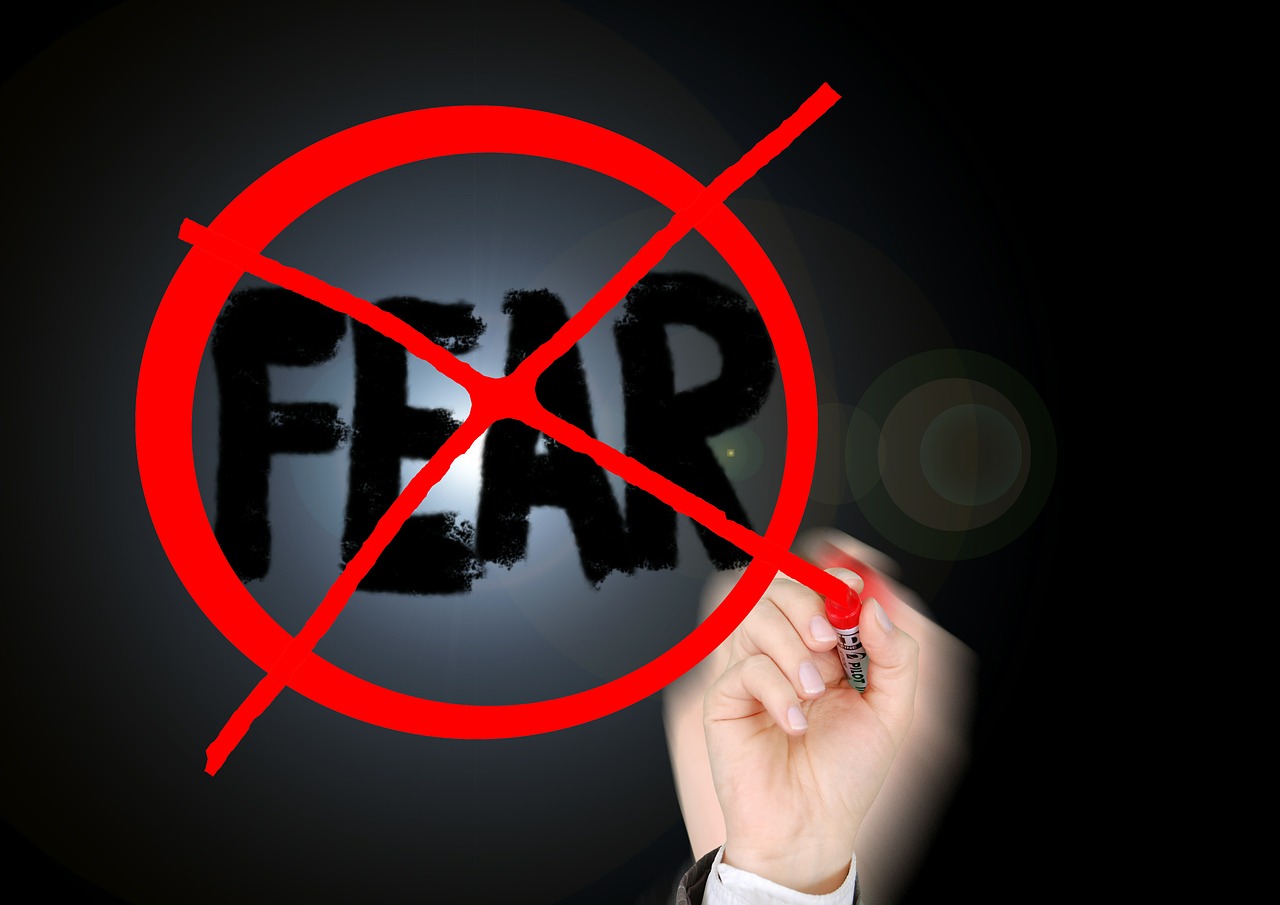You might be asking what you actually submit to a publisher when you submit a picture book manuscript. I submit three items. This may be debatable, and many of you may submit items differently. I’d love to hear what the rest of you submit, but I’m going to share with you what I learned at one of my first conferences and therefore, what I submit. I’d especially love to hear from you if you’re an editor and like to receive submissions in a different manner. Please comment below.
The three items I submit are a cover letter, proposal and formatted manuscript. We’ll cover each item in separate blogs.
Today we’ll talk about the killer, knock the socks of an editor cover letter. If a publisher requests query letters first, before full submission of the manuscript, then this will be your query letter. The Market Guides relay which method the publishers prefer. Send in what they prefer. Don’t stuff your whole proposal into an envelope if the publisher prefers queries initially.
A query letter is a single letter asking for permission to submit your full proposal. A cover letter accompanies your proposal and briefly describes your proposal. Both may be the only item an editor reads, unless it’s good. This letter should do more than pique an editor’s interest. It should reflect your great writing skills and make them want to keep reading and ask for more. Both letters serve the same purposes of highlighting your book and making it something an editor will want to pursue.
It’s nice to start with a name of an editor as opposed to Dear Editor. If you can find the name of the editor, by all means, use it. If you have met the editor at a conference, make that the first item mentioned.
“It was a pleasure meeting you at the XXX conference on (state the date). I enjoyed dining with you that evening and discussing possible book titles with you, (or whatever you discussed to bring who you are to their mind). I have a manuscript I thought you might be interested in reading.”
Then start with a bang, a hook, a question, something to tap an editor’s interest and touch on the main idea of your book. If your book is about a girl who loves purses and can’t get enough, you might start with something like this:
What’s not to love about purses? What if you had one in every shape and size to match every pair of shoes you owned but didn’t have room enough to put them all? What would you do? I’ve written a story about a girl who can’t get enough purses…
I know you could make it stronger. Spend time on your hook. Make it playful, fun, interesting.
State the audience for whom you wrote it and get as specific as possible. Elementary age children is a bit general. Tell which age group and if there’s a specific market, highlight it here. Say for example, it’s a book for children having surgery, or a bed time story for preschool children, or for young girls 4-6 who love purses. Tell specifics, but not too specific to make your market too small.
Briefly state any special ideas in your book that will make yours stand out. Have you included an easy how-to-make-your-own purse template or an easy how to stack and store your purses chart? Mention this here.
Note the word count, projected page count, and a brief bio about yourself, especially if it would help shine on why you’re the right one to write that particular book. I wrote a book once for children to ease the stress and fear of surgery and mentioned that I’m a Nurse Anesthetist. It relayed the fact that I’m a professional and might know a little about the topic. (I still don’t have a contract on the book, but hopefully it’s not because I’m not qualified to write it…)
Mention why you think this is the perfect publisher for your book, why you chose them. Why you think your book might complement other books they’ve published. If you’re sending it to more than one publisher, mention that it is a simultaneous submission.
Keep your cover/query letter one page or less. Keep your writing tight. This is not a letter to your best friend, so keep it short, simple, to the point, but enticing.
End with something like, Thank you for your time. I look forward to hearing from you soon. Sincerely, XXX and sign it.
Before you send it, make it perfect. This letter reflects your writing skills. Don’t let them find grammatical errors, typos, wrong use of commas, etc. or they may not pursue your book further, even if the idea sounds great. Spend time on your query/cover letter and make it shine.







No Comments